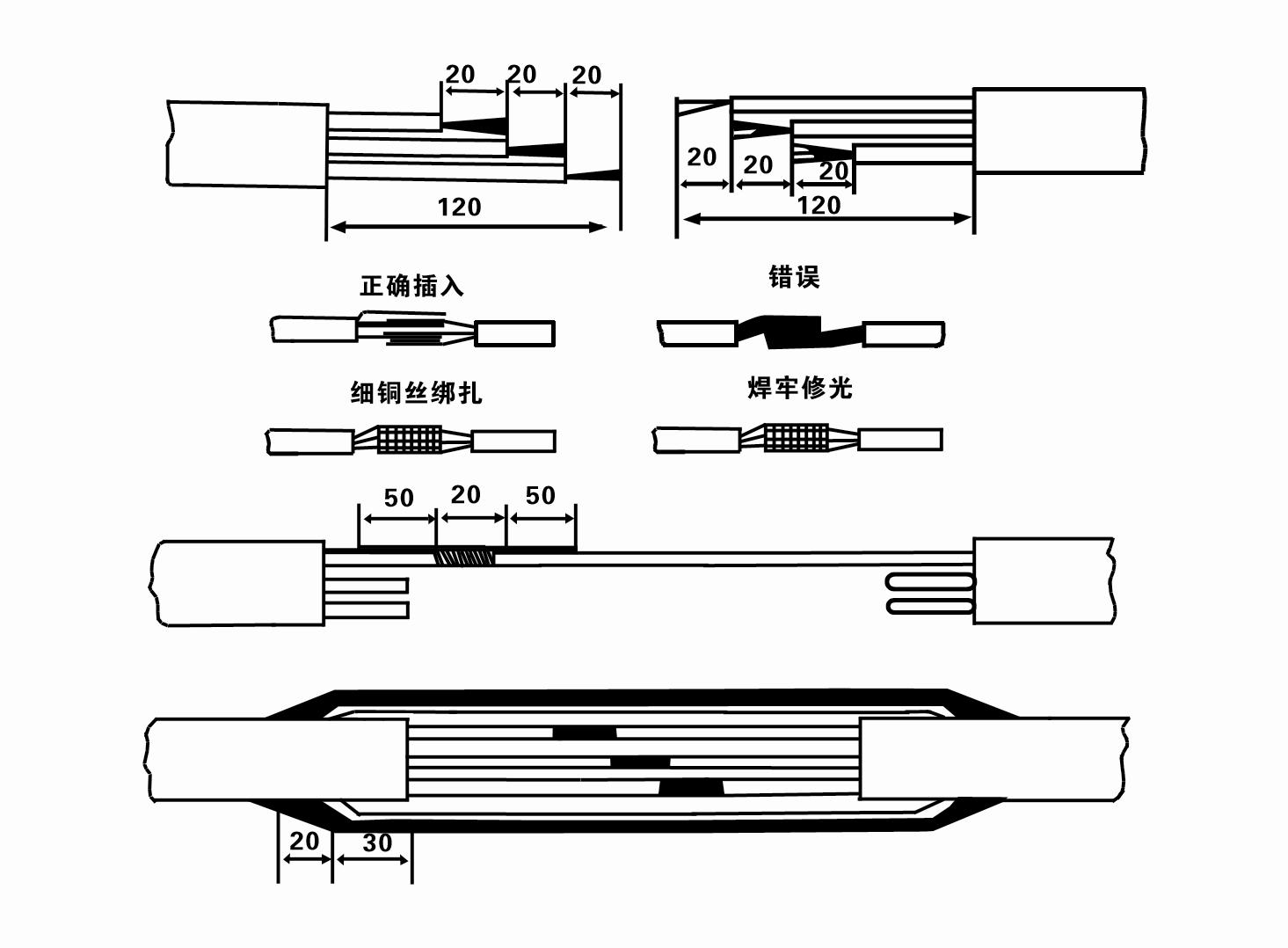Авг . 15, 2024 11:42 Back to list
Efficient Deep Bore Well Submersible Water Pumps for Reliable Water Extraction Solutions
Deep Bore Well Submersible Water Pumps An Essential Tool for Efficient Water Extraction
In the ever-evolving world of water management and supply, deep bore well submersible water pumps stand out as indispensable tools for extracting groundwater from significant depths. These specialized pumps are designed to function underwater, making them suitable for various applications ranging from residential use to agricultural irrigation and industrial processes.
Understanding Deep Bore Well Submersible Pumps
A deep bore well submersible water pump is a device that is submerged in water and consists of a multistage centrifugal pump and a motor. The pump is installed deep within the well, often exceeding depths of several hundred meters, where it can efficiently draw water up to the surface. The design of these pumps allows them to push water up through the well casing and into the delivery pipeline.
Key Features and Benefits
1. Efficiency One of the standout features of submersible water pumps is their efficiency. They are designed to minimize energy consumption while maximizing the flow of water, making them cost-effective solutions for extracting large volumes of water.
2. Durability Built to withstand harsh conditions, these pumps are constructed from robust materials such as stainless steel and thermoplastic. This durability ensures a long operational life, even when exposed to sand and minerals often found in groundwater.
3. Versatility Deep bore well submersible pumps can be utilized for various applications. In residential settings, they supply water for domestic use, while in agricultural contexts, they are essential for irrigation. Additionally, they are used in industrial applications, including cooling systems and dewatering processes.
deep bore well submersible water pump

4. Reduced Noise Levels Since submersible pumps operate underwater, they generate significantly less noise compared to surface pumps. This feature makes them an ideal choice for residential areas where noise pollution is a concern.
5. Minimal Maintenance Submersible pumps are relatively low-maintenance because they are sealed units. As they are submerged, they are protected from environmental factors that could cause wear and tear over time. Regular checks and periodic cleaning are usually sufficient to keep them in optimal working condition.
Installation and Operation
The installation of a deep bore well submersible pump requires careful planning and execution. It is crucial to determine the depth of the water table and select a pump that suits the specific needs of the user. Proper sizing ensures that the pump can adequately meet the required flow rate and pressure.
Once installed, the operation of the pump involves simple electrical controls, allowing users to manage the water supply easily. Many modern pumps come equipped with advanced features such as variable frequency drives (VFDs) that allow for precise control over the pump’s speed and flow rate, contributing to further energy savings.
Conclusion
Deep bore well submersible water pumps have revolutionized groundwater extraction, providing a reliable and efficient means of accessing deep water sources. Their design, efficiency, and versatility make them a valuable asset across residential, agricultural, and industrial sectors. As the demand for sustainable water solutions continues to grow, investing in these pumps is a wise choice for ensuring a long-term, reliable water supply. With advancements in technology, the future of deep bore well submersible pumps looks promising, offering improved performance and sustainability for all water extraction needs.
-
Submersible Well Pumps Buying Guide
NewsMay.14,2025
-
Submersible Sump, Dirty Water, Borehole Pumps Demystified
NewsMay.14,2025
-
Stainless Steel Submersible Pumps Superior Performance
NewsMay.14,2025
-
High Flow Submersible Well Pumps Essential Features
NewsMay.14,2025
-
Choosing the Best Stainless Well Pump
NewsMay.14,2025
-
A Comparison of Submersible Pumps Filled with Water and Oil
NewsMay.14,2025
-
 Submersible Well Pumps Buying GuideReliable access to clean water is fundamental for residential, agricultural, and commercial operations, making the selection of an appropriate well pump system one of the most important infrastructure decisions.Detail
Submersible Well Pumps Buying GuideReliable access to clean water is fundamental for residential, agricultural, and commercial operations, making the selection of an appropriate well pump system one of the most important infrastructure decisions.Detail -
 Submersible Sump, Dirty Water, Borehole Pumps DemystifiedThe world of water management has undergone a technological revolution, with advanced pumping systems now offering unprecedented efficiency and reliability across diverse applications.Detail
Submersible Sump, Dirty Water, Borehole Pumps DemystifiedThe world of water management has undergone a technological revolution, with advanced pumping systems now offering unprecedented efficiency and reliability across diverse applications.Detail -
 Stainless Steel Submersible Pumps Superior PerformanceModern water extraction and fluid handling systems demand equipment capable of withstanding harsh environments while maintaining peak efficiency.Detail
Stainless Steel Submersible Pumps Superior PerformanceModern water extraction and fluid handling systems demand equipment capable of withstanding harsh environments while maintaining peak efficiency.Detail
